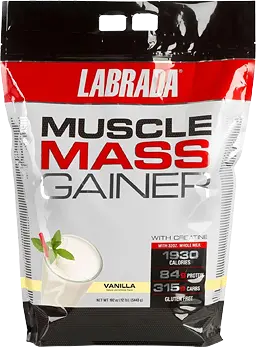Knowledge BaseYou're Questions Answered
Does soy protein powder expire?
Soy protein powder, like other dietary supplements, does have an expiration date. The expiration date indicates the period during which the product is expected to maintain its best quality and nutritional value. Over time, the quality of soy protein powder can degrade due to factors such as exposure to air, moisture, and heat, which can affect its taste, texture, and nutritional content.
Shelf Life of Soy Protein Powder
The shelf life of soy protein powder typically ranges from 12 to 24 months from the date of manufacture. This time frame can vary depending on factors such as the specific product formulation, storage conditions, and the presence of preservatives. The expiration date is usually printed on the packaging, and it is recommended to consume the product before this date for optimal quality and safety1.
Signs of Expired Soy Protein Powder
Even if the expiration date has not been reached, it is important to check for signs that soy protein powder may have gone bad. Indicators that the product may have expired or deteriorated include:
- Off Smell: A sour or rancid odor can indicate spoilage, especially if the product contains fats that have oxidized.
- Unusual Taste: A change in taste, such as bitterness or a stale flavor, can suggest that the protein powder is no longer fresh.
- Clumping: Exposure to moisture can cause the powder to clump or harden, which may indicate that the product has absorbed moisture and potentially lost some of its quality.
- Discoloration: Changes in color, such as yellowing or darkening, can indicate that the product has been exposed to air or light and may have degraded.
Proper Storage of Soy Protein Powder
To extend the shelf life of soy protein powder and maintain its quality, follow these storage tips:
- Keep It Cool and Dry: Store soy protein powder in a cool, dry place away from direct sunlight, heat, and humidity. High temperatures and moisture can accelerate the degradation of the product.
- Seal Tightly: Always ensure the container is tightly sealed after each use to prevent air and moisture from entering. Consider transferring the powder to an airtight container if the original packaging is not resealable.
- Avoid Contamination: Use clean, dry utensils to scoop out the powder to avoid introducing moisture or contaminants into the container.
- Barbosa-Cánovas, G. V., & Juliano, P. (2008). Food powders: physical properties, processing, and functionality. Springer.
Related Questions
Related Reviews
Protein vs Protein

Your Answer
We are a participant in the Amazon Services LLC Associates Program, an affiliate advertising program designed to provide a means for us to earn fees by linking to Amazon.com and affiliated sites.
